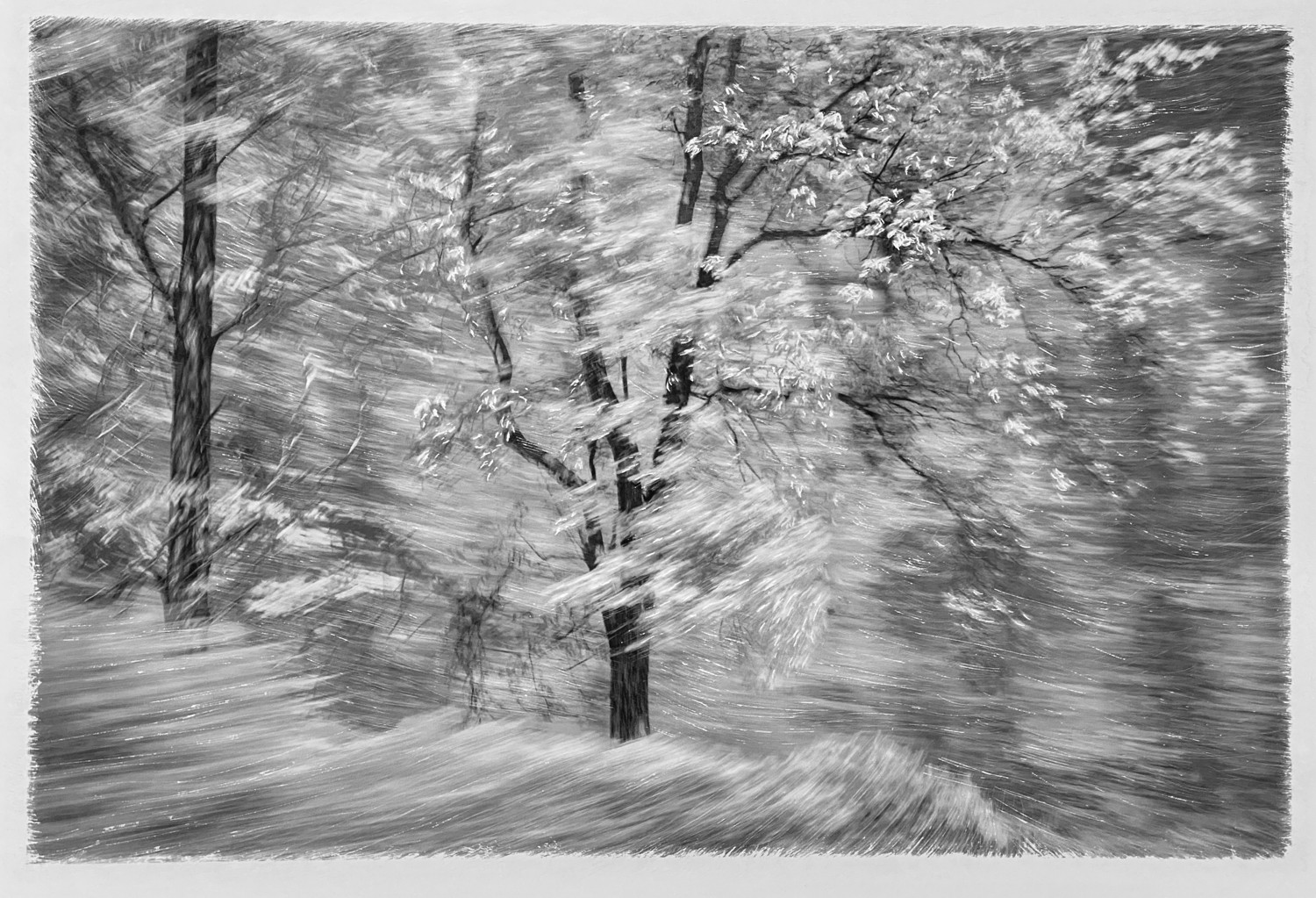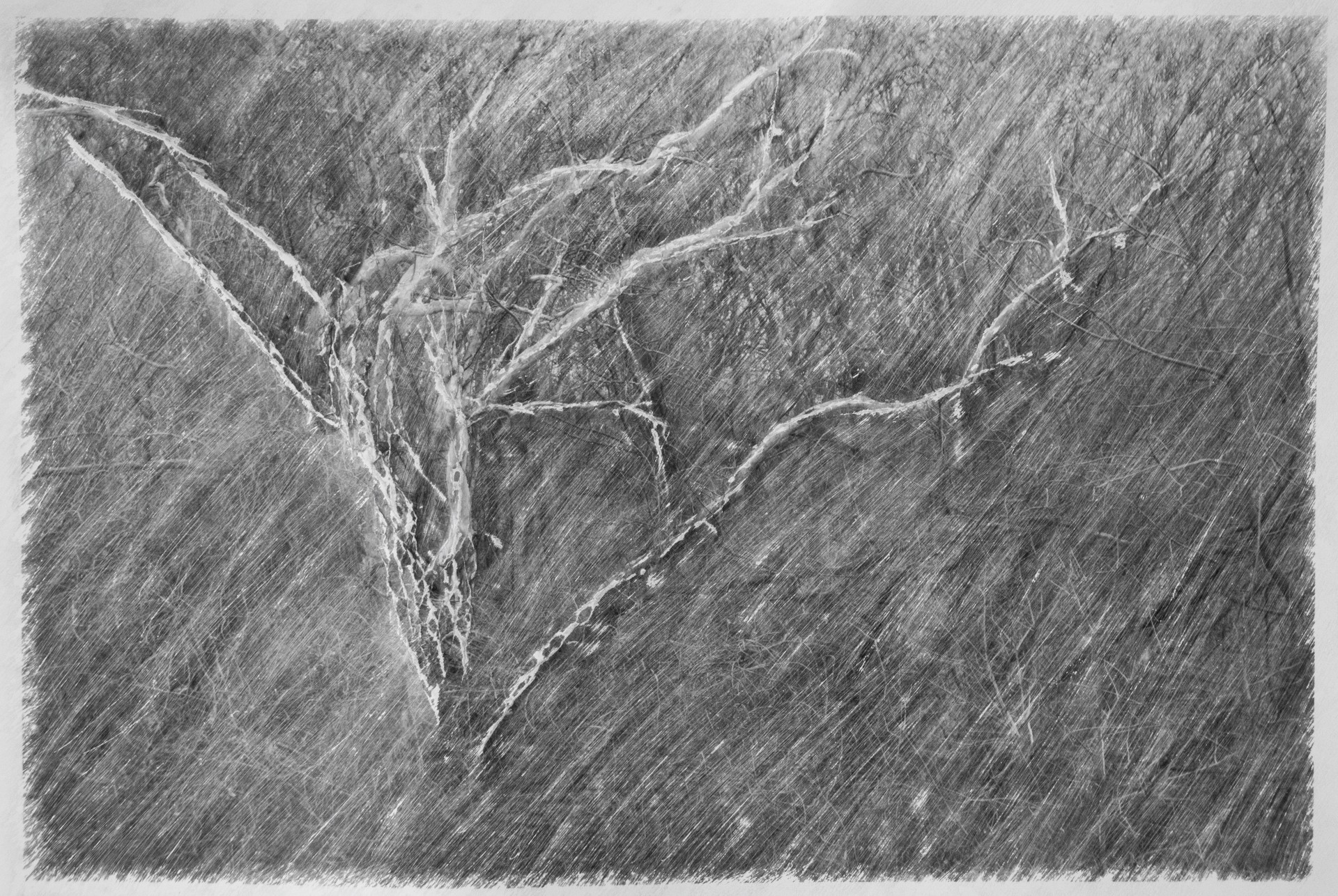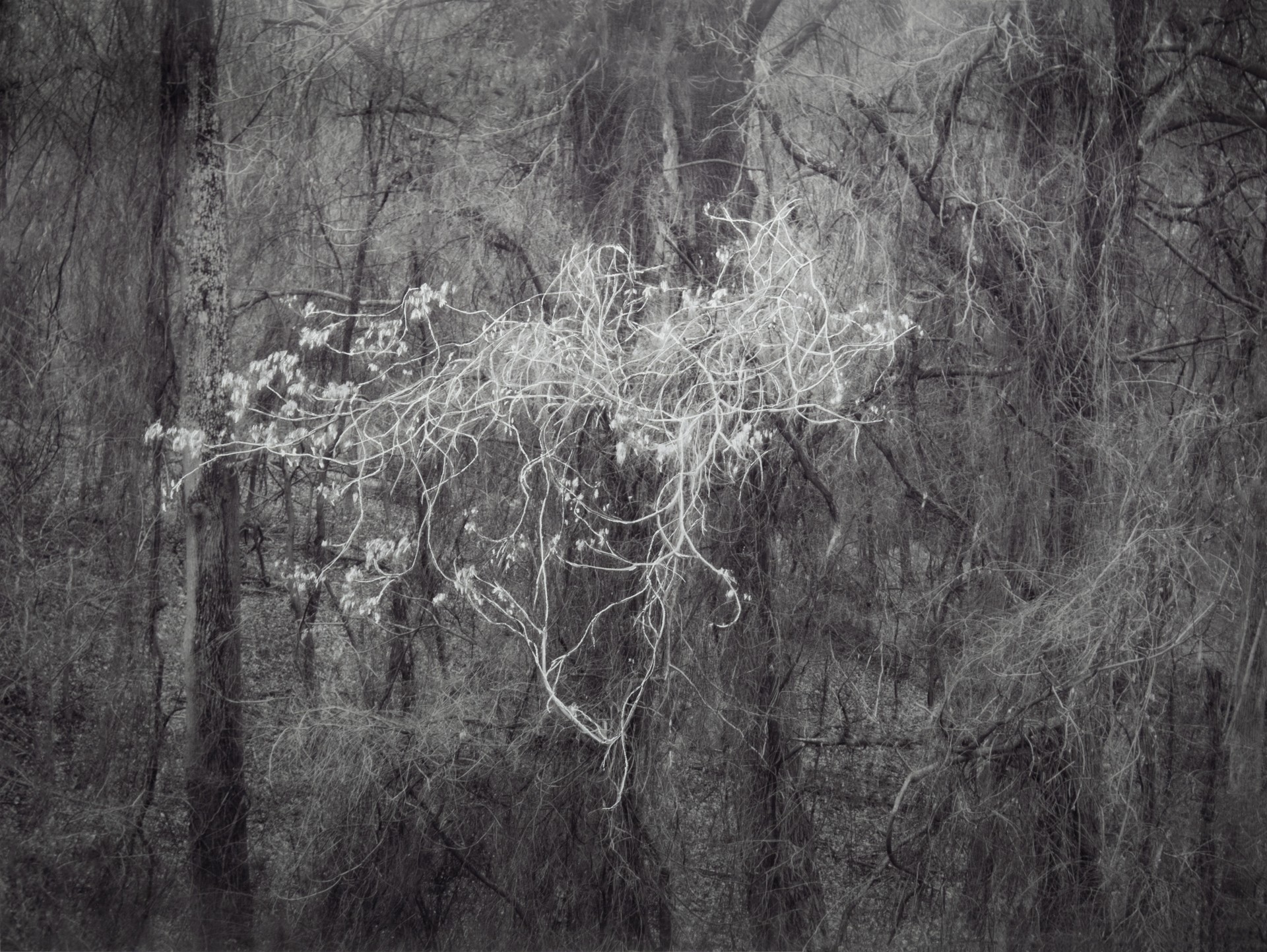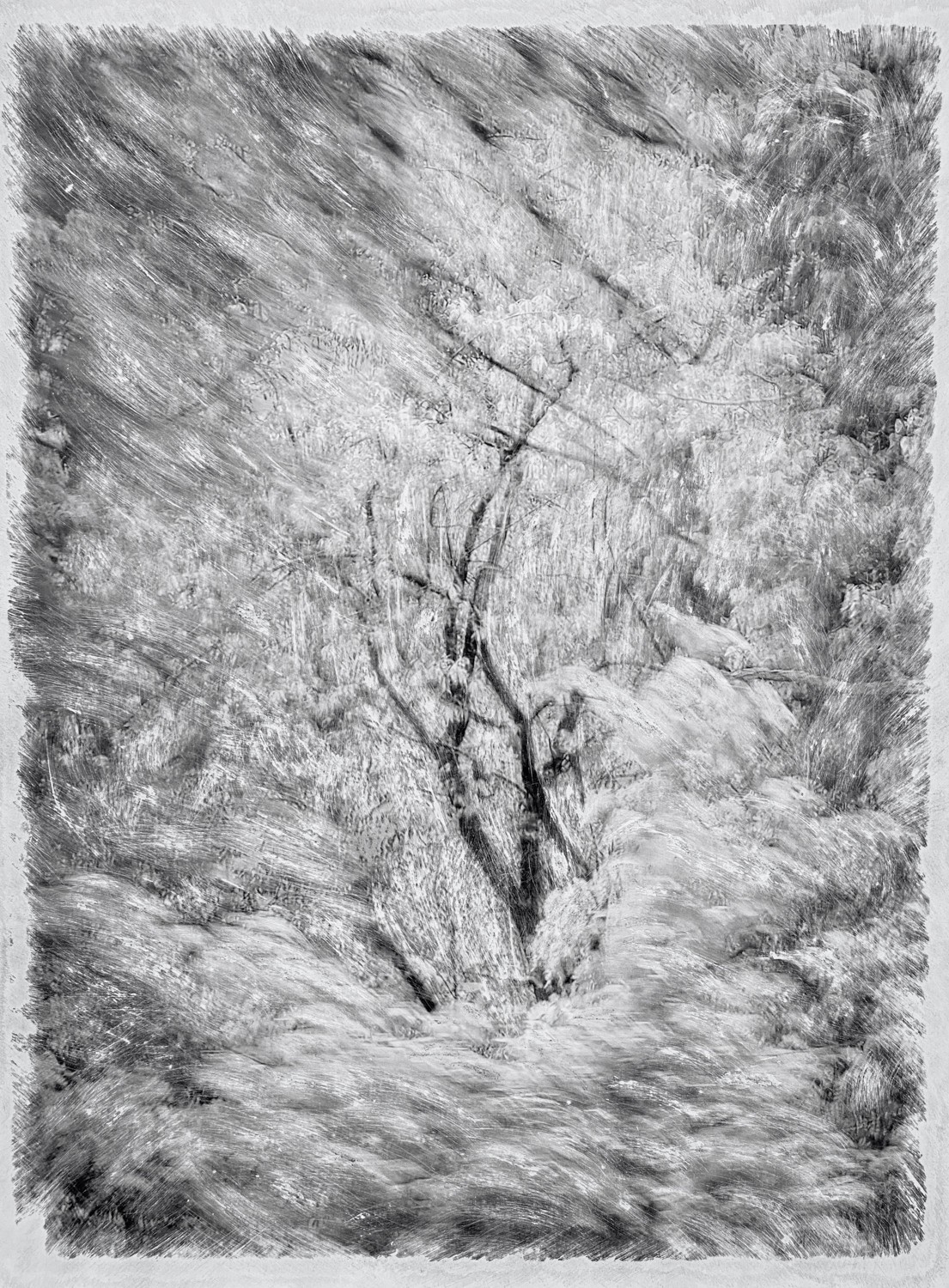We recently connected with Sarah Hood Salomon and have shared our conversation below.
Sarah, thanks for taking the time to share your stories and insights with us today. What were some of the most unexpected problems you’ve faced in your career and how did you resolve those issues?
Mistakes lead to possibilities.
I have found many times that roadblocks can lead to detours in unexpected directions. For example, I started working on my MFA in Photography just before Covid hit, so the in-person retreat became a week long zoom meeting. My computer was failing, but because of the pandemic, I couldn’t get a replacement for months. The printing paper I used had been discontinued, and all my prints were coming out a strange magenta color. I was trying to get ready for a show, and was up against a looming deadline. I was so frustrated that I literally took a piece of sandpaper, and scratched all the ink off one of the magenta prints!
Then I looked at the result and saw a completely new direction for my work. Instead of treating my photographs as precious objects that needed to be protected behind glass, I felt free to interfere with the surface of the image. By sanding the ink off select parts of the image, I was breaking through the ink and revealing the paper below. The photograph no longer existed just on the surface, and the paper itself was now a critical part of the image.
I saved the ink filings that had been removed, and began suspending them in layered resin sculptures. The photograph was disassembled and made into a three dimensional object. I continue to explore three-dimensional photographs by slicing and pureéing photographs and adding resin to create sculptural forms.


Awesome – so before we get into the rest of our questions, can you briefly introduce yourself to our readers.
My work is rooted in a deep love and admiration for trees. Climate change and urbanization have created enormous challenges for the survival of our forests. The work in my current photographs has been taken on properties that are about to be developed, so the trees in the pictures are soon to be destroyed.
In response to their imminent destruction, I disrupt the actual surface of my photographs. I detach the ink from the paper using sandpaper and mat knives. The ink filings are harvested and suspended in resin to create sculptural forms. I also pureé, slice and shred the photographs and shape those elements into three dimensional objects. The original images are unrecognizable and can’t be reconstructed, just as landscapes altered by humans can’t be reassembled.




We’d love to hear a story of resilience from your journey.
Being an artist is often a solitary endeavor, but we sometimes reach out to others for feedback and encouragement. I’d been using camera motion for years as a way to slightly detach a subject from the literal nature of photography. I was shooting pictures of people alone with their own thoughts, and adding a slight blur further isolated the individuals. I took a portfolio to a high level critique, and was told that intentional camera movement (ICM) wasn’t accepted in the current market. I was discouraged, but decided to try shooting the same type of images without ICM.
Two years later I returned to the same portfolio review with an updated set of images. This time I faced an ego-shredding critique and the work was completely dismissed. I was devastated and completely stopped taking pictures. I had changed my style to please others, but that hadn’t worked either. I’d been a photographer for over 30 years, but maybe I really just wasn’t any good?
I asked advice from other artists but nothing seemed to help. I didn’t know how to begin again. After 3 months, a friend said, “Just start.” He said not to worry about finding a purpose yet, just go take pictures. This turned out to be great advice. I’d always found solace in the woods, so I went out and took some really bad photos. The bleak winter landscape matched my inner feelings. I felt like a phony, but I went out again the next day and took some pictures that weren’t quite as bad. . On the third day, I tentatively began using camera motion again. I’d always liked the effects, and why not try it again. I continued to shoot daily, and began to see themes emerging. I shot everyday for three months, and felt my work taking a new direction. The result was a successful solo show that received positive reviews in the press.
Listening to your inner voice is an important thing for an artist, but if your work sits in a drawer, it won’t get you anywhere. Balancing feedback with a fragile ego is something that remains a challenge, but now when I get negative comments, I filter through the remarks and work with parts that are helpful. Rejection is part of life, but it no longer stops me from pursuing a creative life.


Contact Info:
- Website: www.sarahhoodsalomon.com
- Instagram: @sarahhoodsalomon
Image Credits
All photographs © Sarah Hood Salomon


